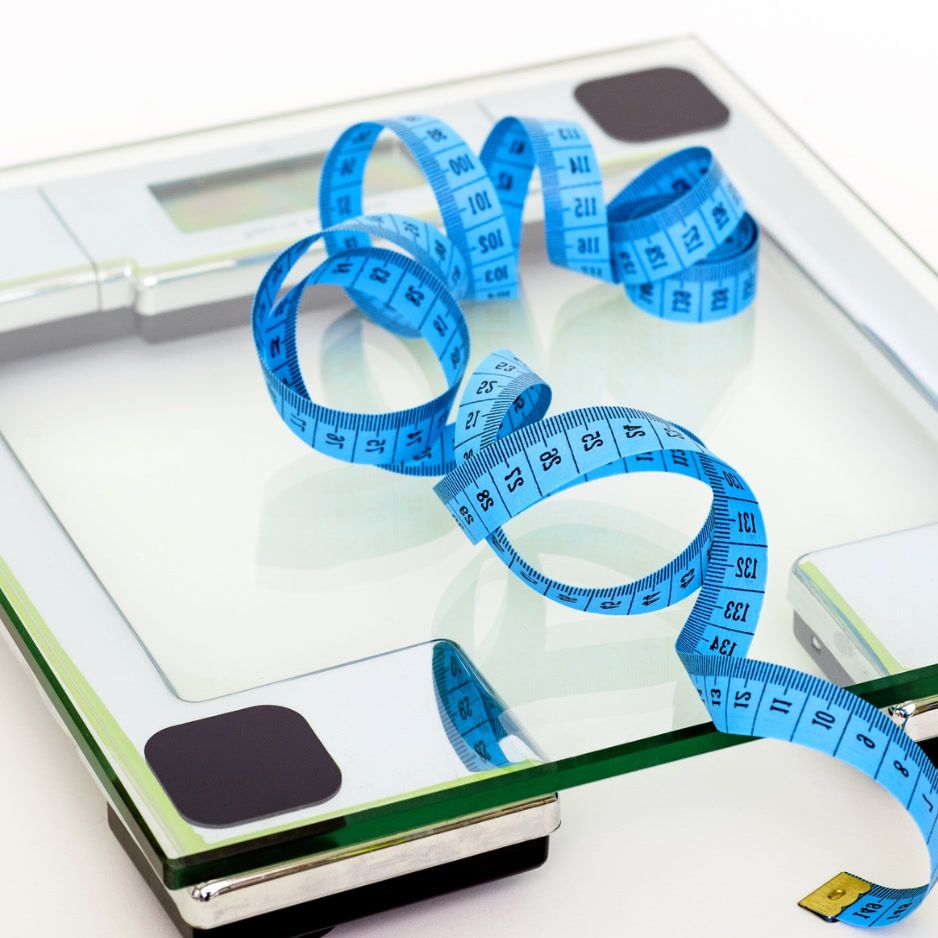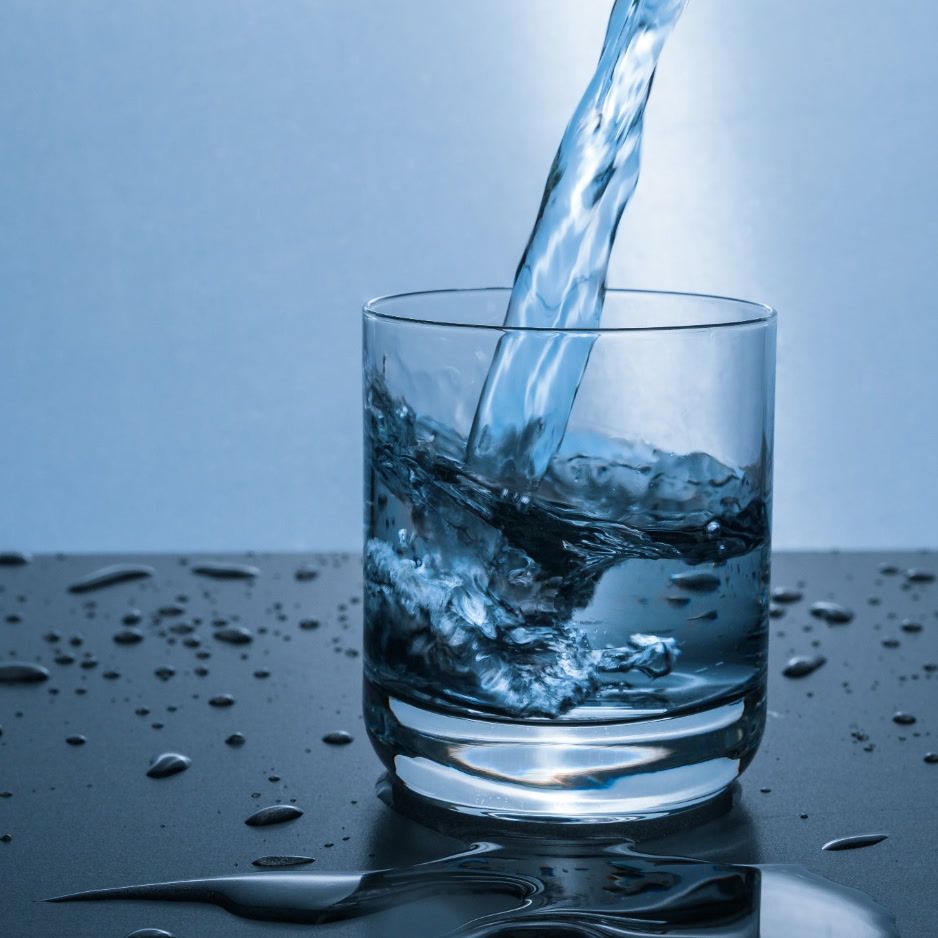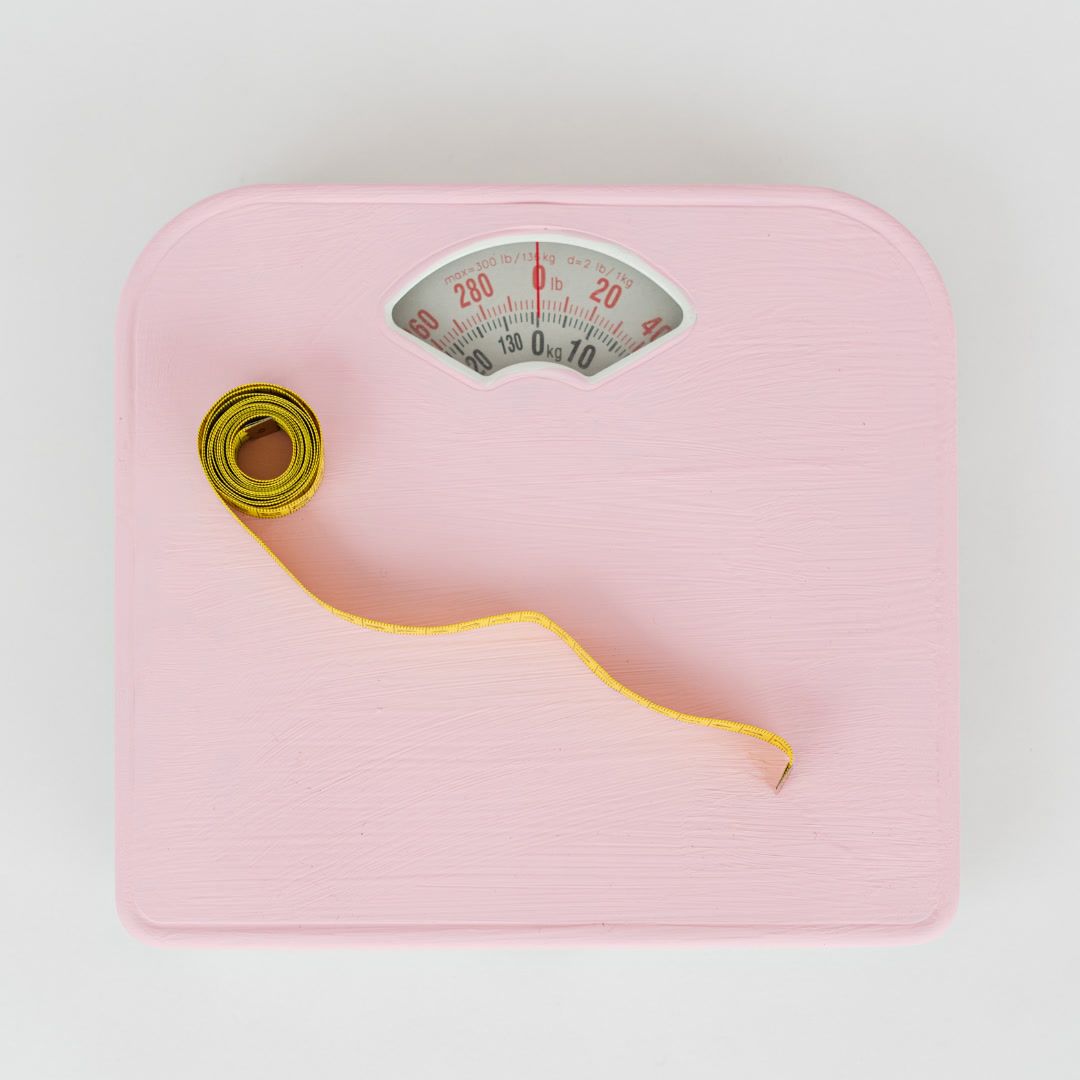Best Male Fertility Supplements: Evidence-Based Guide

Best Male Fertility Supplements: Evidence-Based Guide
Last updated: September 2025. This content is for educational purposes and does not replace professional medical advice.
TL;DR – Quick-Fire Recommendations
| Rank | Supplement | Primary Mechanism | Dose Used in Studies | Evidence Grade* |
|---|---|---|---|---|
| 1 | Coenzyme Q10 | Antioxidant; powers mitochondrial ATP in sperm tail | 200–300 mg ubiquinone | A |
| 2 | L-Carnitine | Shuttles fatty acids into mitochondria for sperm motility | 2–3 g split | A- |
| 3 | N-Acetyl-Cysteine | Glutathione precursor; reduces oxidative DNA damage | 600–1 200 mg | B+ |
| 4 | Zinc | Cofactor for DNA-packaging enzymes, testosterone synthesis | 25–40 mg elemental | B+ |
| 5 | Ashwagandha | Adaptogen; may raise testosterone & antioxidant status | 300 mg KSM-66® twice daily | B |
| 6 | Vitamin D | Hormone-like vitamin; activates sperm-membrane receptors | 2 000–4 000 IU | B- |
| 7 | Selenium + Vitamin E | Synergistic antioxidants (GPx pathway) | 200 µg Se + 400 IU E | B- |
| 8 | Folate + Inositol | Methyl-donor pair for DNA synthesis | 400 µg folic acid + 4 g myo-inositol | C+ |
| 9 | Omega-3 (EPA/DHA) | Improves sperm-membrane fluidity | 1–2 g combined EPA/DHA | C |
| 10 | Lycopene | Lipid-soluble antioxidant; protects sperm membranes | 10–15 mg | C |
*Evidence-grade legend: A = multiple RCTs + meta-analyses; B = ≥ 1 RCT with consistent benefit; C = early human data or conflicting trials.
Why supplements at all? The oxidative-stress story
Up to 50% of infertility cases involve the male partner, and oxidative stress is a prime suspect. Reactive oxygen species can fragment sperm DNA and impair mitochondrial function in the sperm tail—damage that antioxidants can help correct. Micronutrient deficits (think zinc or vitamin D) further impair hormone production and DNA packaging.
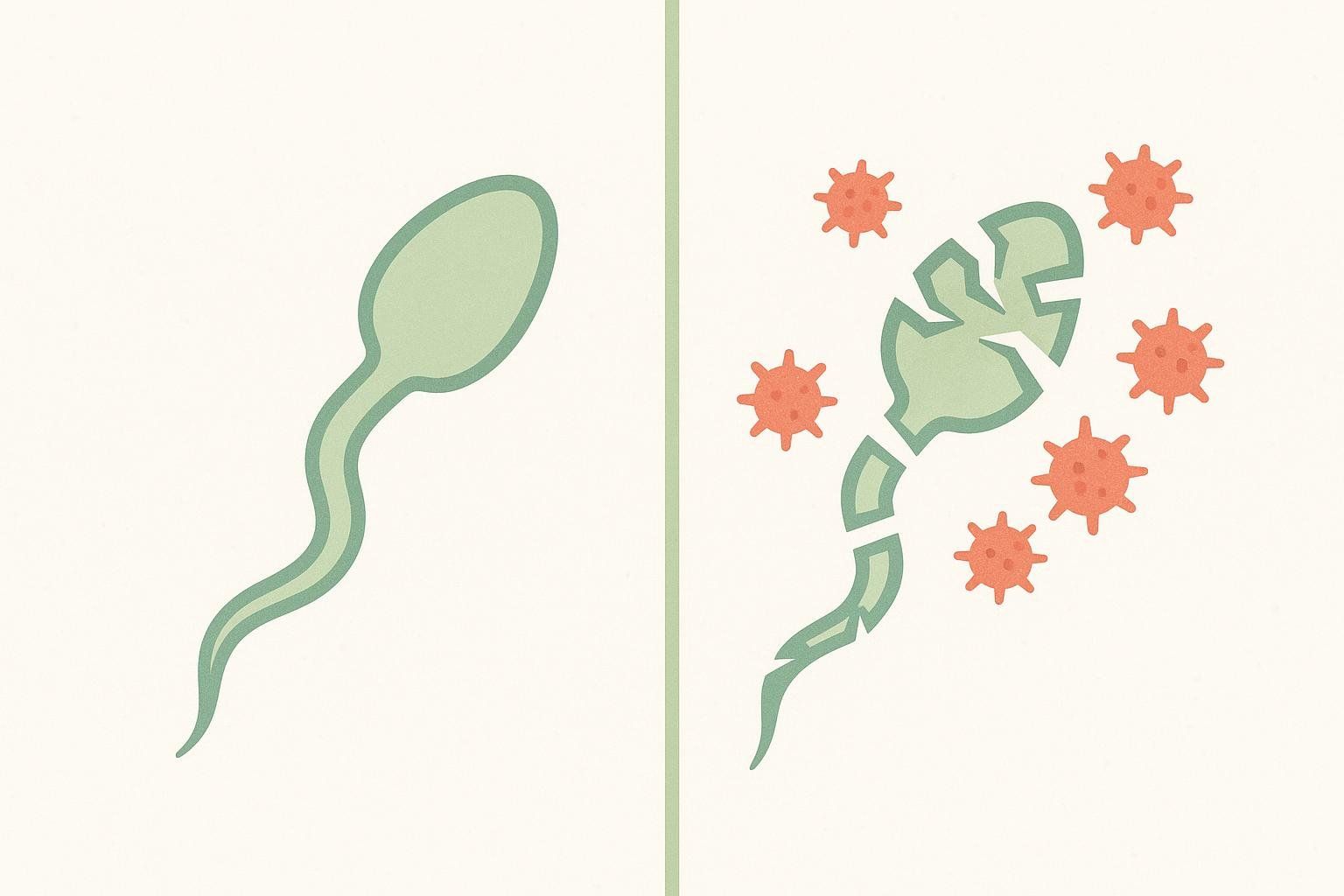
Bottom line: The primary approach should be to optimize lifestyle factors first; consider targeted supplements only when semen parameters remain suboptimal.
Deep Dive: The 10 Best Male Fertility Supplements
1. Coenzyme Q10 (CoQ10)
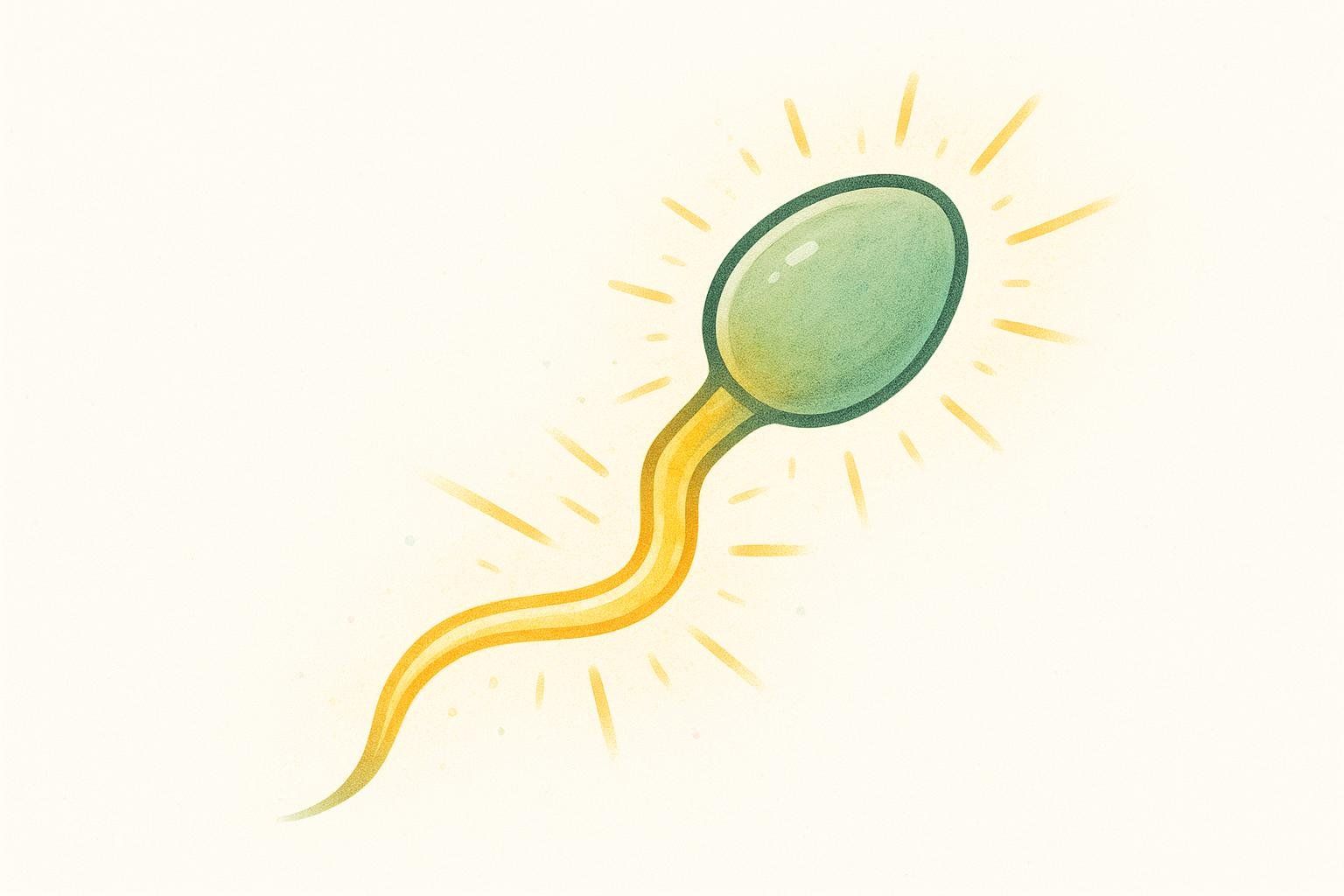
- What it does: Powers the electron-transport chain in sperm tails and quenches free radicals.
- Evidence: A 2023 meta-analysis found that supplementing 300 mg/day of CoQ10 for three months significantly improved total and progressive motility (2023 CoQ10 meta-analysis).
- Dose in studies: 200–300 mg ubiquinone or 100–150 mg ubiquinol, taken with a source of fat.
- Side effects: Mild GI upset; avoid with warfarin.
2. L-Carnitine
- What it does: Ferries fatty acids into mitochondria so sperm have fuel to swim.
- Evidence: A 2021 meta-analysis of L-carnitine or L-acetyl-carnitine monotherapy showed significant gains in sperm concentration, morphology, and motility (2021 meta-analysis).
- Dose in studies: 2 g/day (often split between breakfast and dinner); some studies use up to 3 g.
- Side effects: Fishy odor; rare GI upset.
3. N-Acetyl-Cysteine (NAC)
- What it does: Replenishes glutathione—the master antioxidant.
- Evidence: A 2021 meta-analysis of three RCTs (n = 431) found NAC improved motility by ~5 % and concentration by ~4 million/mL at 600–1 200 mg/day for 90 days (2021 NAC meta-analysis).
- Dose in studies: 600 mg twice daily, often on an empty stomach.
- Side effects: Generally safe; mild nausea possible.
4. Zinc
- What it does: Essential for spermatogenesis enzymes and testosterone synthesis.
- Evidence: Supplementing 25 mg/day for 64 days reduced abnormal morphology and DNA fragmentation in diabetic men (2023 zinc RCT).
- Dose in studies: 25–40 mg elemental zinc, typically with food.
- Side effects: Metallic taste; nausea above 50 mg; high doses can deplete copper.
5. Ashwagandha (Withania somnifera)
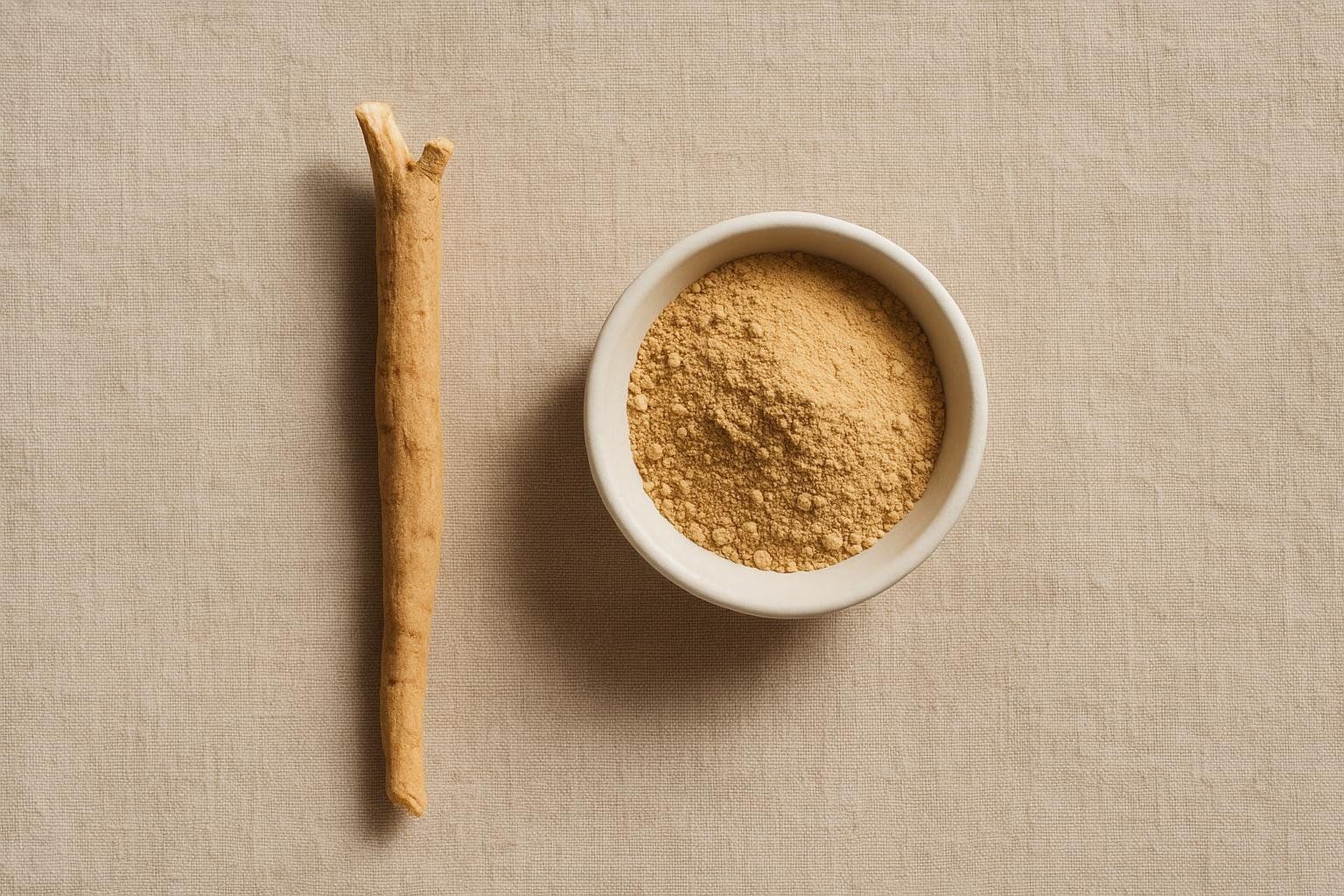
- What it does: Modulates cortisol; may elevate LH-mediated testosterone.
- Evidence: An eight-week 2024 double-blind RCT in men with oligozoospermia found that, compared to placebo, 300 mg of KSM-66® twice daily increased sperm count by 167 %, semen volume by 26 %, and normal morphology by 20 % (2024 double-blind RCT).
- Dose in studies: 300 mg KSM-66® twice daily.
- Side effects: Rare GI upset; avoid if hyperthyroid.
6. Vitamin D
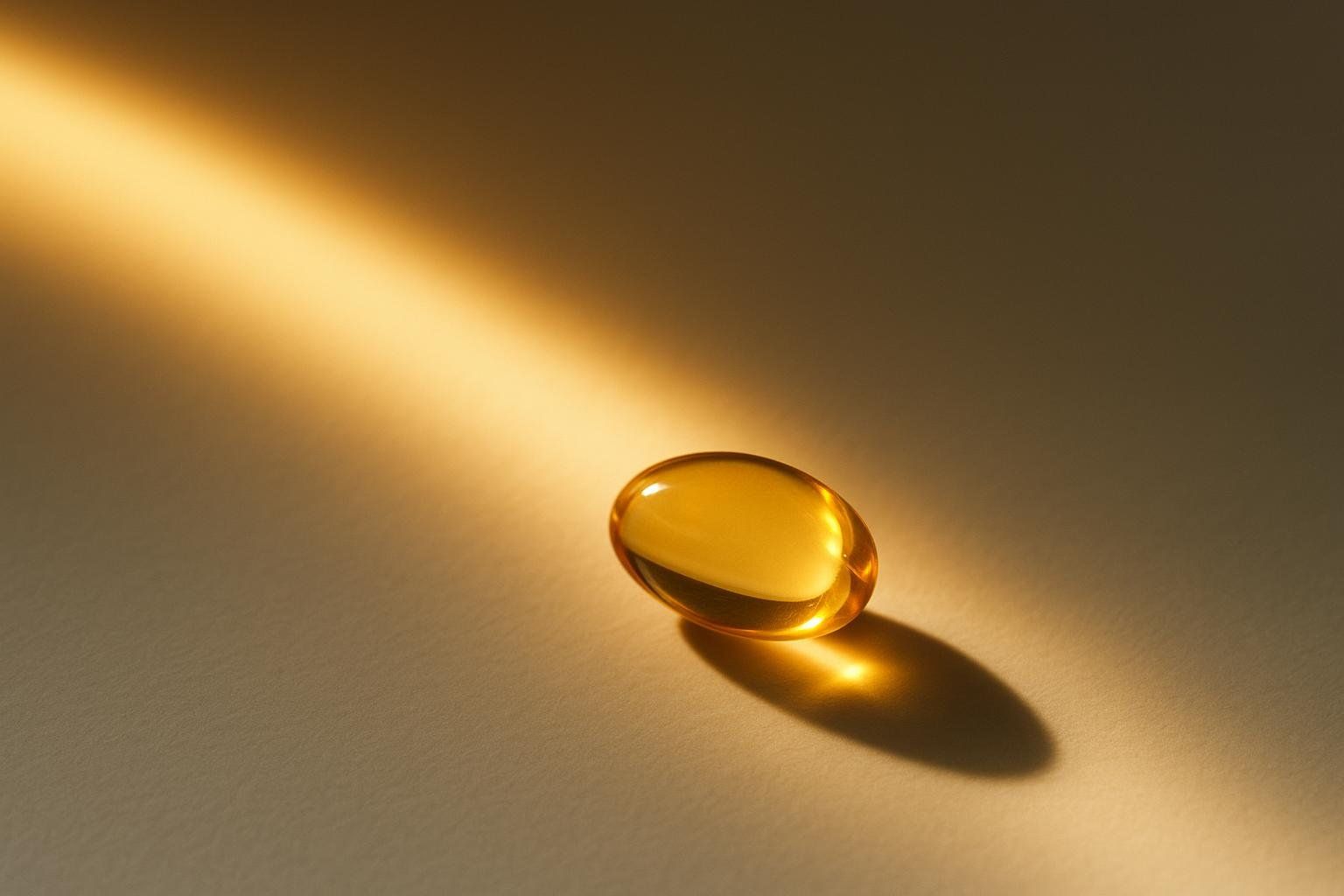
- What it does: Sperm possess vitamin-D receptors; active D regulates motility genes.
- Evidence: A 2023 meta-analysis (five trials, n = 648) found ~5 % total motility and modest morphology gains with ~4 000 IU/day (2023 vitamin D meta-analysis).
- Dose in studies: 2 000–4 000 IU D₃; goal serum 30–50 ng/mL.
- Side effects: Hypercalcemia rare; check blood levels after 3 months.
7. Selenium + Vitamin E
- What it does: Selenium fuels glutathione peroxidase; vitamin E recycles other antioxidants.
- Evidence: A 2023 systematic review showed co-supplementation outperforms selenium alone for motility and morphology (2023 antioxidant review).
- Dose in studies: 200 µg selenium + 400 IU vitamin E; some protocols limit to 6 months.
- Side effects: Garlic breath or brittle nails if >400 µg selenium/day.
8. Folate + Inositol
- What it does: Provides methyl groups and inositol signaling for spermatogenesis.
- Evidence: A 2015 double-blind RCT showed 4 g/day myo-inositol + 400 µg folic acid for 3 months improved sperm concentration, motility, and hormones (2015 myo-inositol RCT).
- Dose in studies: 4 g myo-inositol + 400 µg folic acid daily.
- Side effects: Very safe; high folic acid can mask B-12 deficiency.
9. Omega-3 Fatty Acids (EPA/DHA)
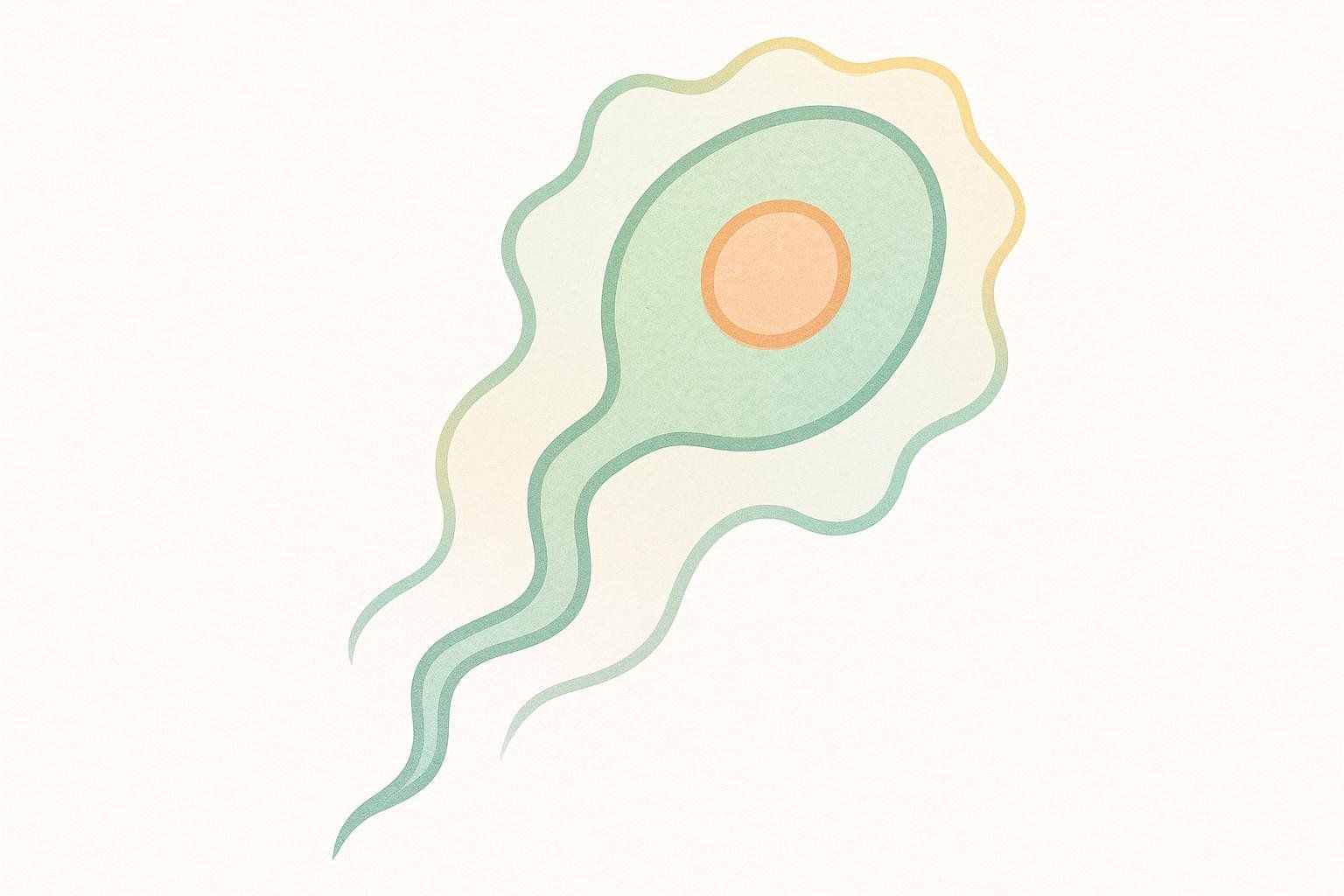
- What it does: Enriches sperm-membrane fluidity and reduces inflammation.
- Evidence: A 2018 meta-analysis of eight RCTs found omega-3s increased total motility by ~9 % and concentration by ~2 million/mL (2018 omega-3 meta-analysis).
- Dose in studies: 1–2 g EPA+DHA with meals.
- Side effects: Fishy burps; >3 g/day may thin blood.
10. Lycopene
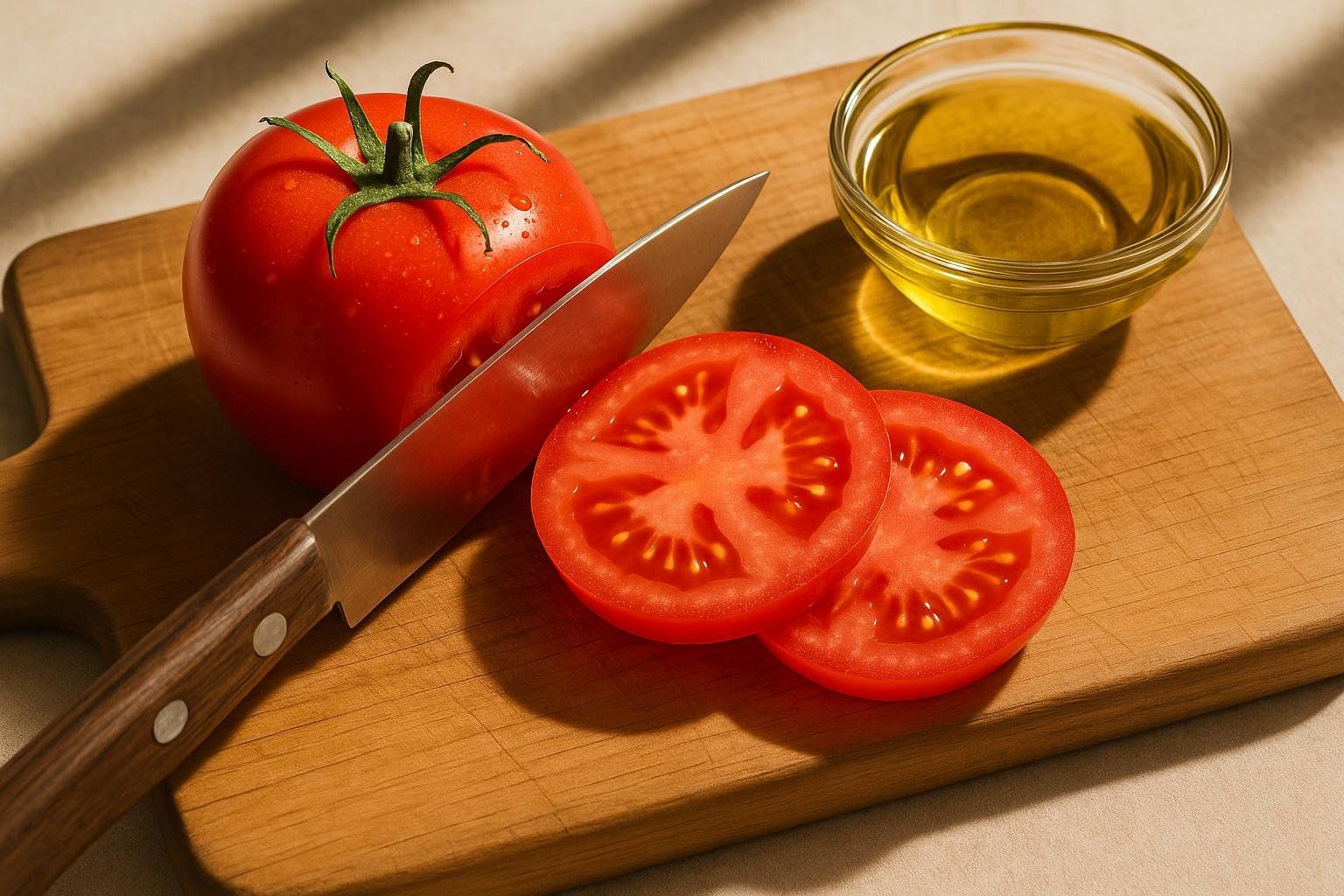
- What it does: Tomato-derived carotenoid that shields lipid membranes.
- Evidence: A 2019 12-week RCT (56 healthy men) found 14 mg/day lactolycopene improved fast-progressive motility and morphology (2019 lycopene RCT).
- Dose in studies: 10–15 mg extract or ~1 cup cooked tomatoes daily.
- Side effects: None known; absorb better with fat.
How to pick the right supplement stack
- Get a baseline semen analysis before starting any new regimen.
- Look for third-party testing. NSF®, USP®, or Informed Sport seals verify purity and dose.
- Avoid megadosing antioxidants. Excess can flip to pro-oxidant—a paradox detailed in our guide to antioxidant science.
- Combine supplements strategically. A common starter trio is CoQ10 + L-Carnitine + NAC. Add zinc or vitamin D only if labs show deficiency. For broader hormone support, see our testosterone booster guide.
- Cycle & reassess. Most trials run 90 days—one full spermatogenesis cycle. Retest semen parameters, then decide on continuance.
Lifestyle tweaks that multiply supplement benefits
A healthy foundation amplifies supplement effects. For a comprehensive metabolic snapshot, a BodySpec DEXA scan measures visceral fat—a health indicator associated with hormonal imbalances that can impact fertility.
| Upgrade | Why it matters |
|---|---|
| Quit smoking | Slashes seminal oxidative stress. |
| Sleep 7–9 h/night | Testosterone surges during REM. |
| Resistance-train 3×/week | Boosts LH and Leydig-cell function; pair with testosterone-friendly foods. |
| Mediterranean-style diet | Delivers antioxidants and healthy fats. |
| Limit heat | Keep laptops off laps; shorten hot-tub sessions. |
| Manage stress | Chronic cortisol can suppress spermatogenesis. |
Frequently Asked Questions
How long until I see results?
Most RCTs show measurable gains after 12 weeks, matching the 90-day sperm-production cycle.
Can I take all ten supplements together?
Technically yes, but it’s costly and redundant. Start with two or three core picks (e.g., CoQ10, Carnitine, Zinc) and add others based on lab-confirmed needs.
Will supplements replace prescription therapies like enclomiphene?
No. OTC nutrients may complement—but not substitute—prescription drugs. See our guide to enclomiphene citrate for details.
Are these safe with fertility drugs or Clomid?
Discuss any supplement stack with your reproductive endocrinologist. Antioxidants can alter drug metabolism, so professional guidance is essential.
Do I need a DEXA scan to track progress?
DEXA doesn’t measure sperm directly, but by quantifying visceral fat—a marker tied to metabolic and hormonal health—it offers a valuable companion metric.
Key takeaways
• Target oxidative stress first. CoQ10, Carnitine, and NAC have the strongest human data.
• Micronutrients matter. Correct low zinc or vitamin D to support hormone balance.
• Three months is pivotal. Commit for 90 days, retest, then refine with your clinician.
Ready to quantify the rest of your health? Book a BodySpec DEXA scan to establish a metabolic baseline before your next semen analysis.
Disclaimer
These statements have not been evaluated by the Food and Drug Administration. Supplements are not intended to diagnose, treat, cure, or prevent any disease. Always consult a healthcare professional before starting any new regimen.
